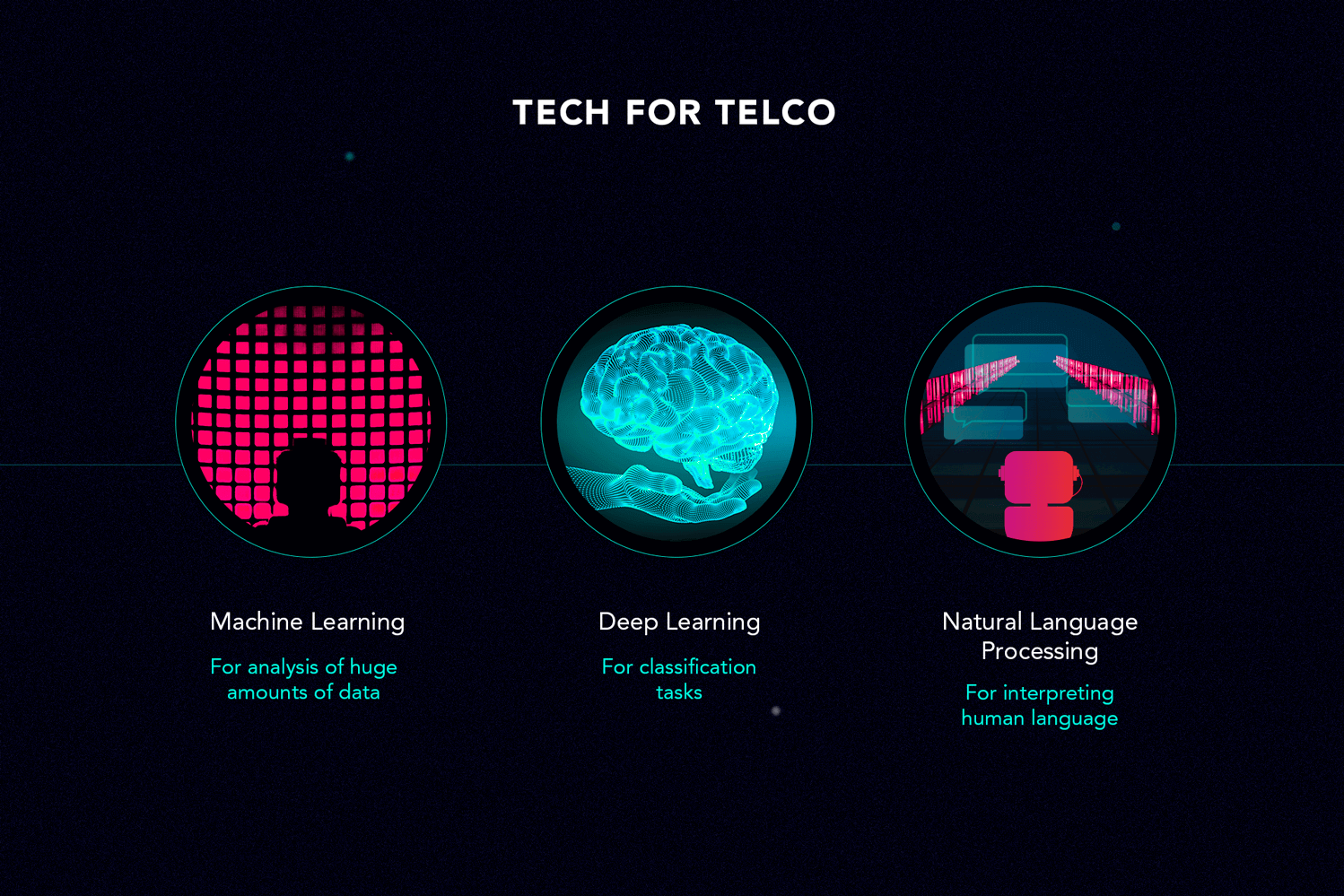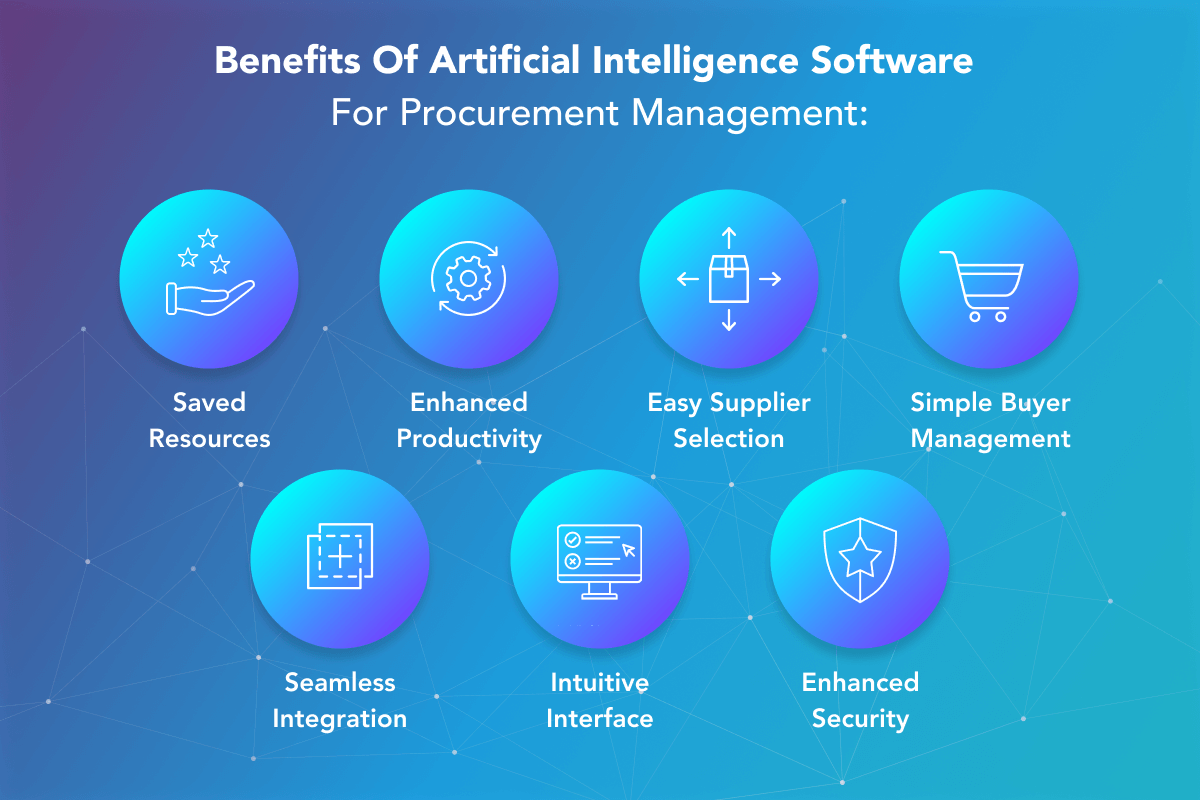A while ago, we lived in the Era of Data. Now, it’s more suitable to call our age the Era of Big Data. Over the last few years, the data volume exploded. Without noticing, we all produce an enormous data footprint. Websites, social media networks, electronic devices, and financial transaction platforms that we use daily all collect and store operational data. Data sets have become so massive, complex, and fast-growing that traditional Business Intelligence tools can no longer handle them. As a result, we are now seeing the rise of Augmented Analytics, the future of business intelligence tools.
Rather than representing something new, Augmented Analytics refers to a convergence of emerging technologies. For example, Machine Learning, Artificial Intelligence, and Natural Language Processing. These technologies help to deliver insights into businesses overwhelmingly fast and with a greater level of efficiency.
Augmented Analytics: Business Case 2022
Gartner named Augmented Analytics “The next wave of disruption in the data and analytics market that leaders should plan to adopt.”
So, what is augmented analytics, and why does it matter?
Innovative technologies are thriving, new smart applications emerge, and old legacy systems get optimized. Data volumes snowball and become Big Data. Outdated BI systems could not cope with the increased volume of data. Artificial Intelligence (AI) and Machine Learning (ML) technologies came to the rescue.
Augmented Analytics technology is the use of AI and ML systems to process and analyze Big Data and perform parsing and cleaning. AI-driven software analyzes the extracted information, providing insight into various processes and making predictions.
Additionally, embedding Natural Language Processing (NLP) technology into Augmented Analytics allows providing users with instant answers to their queries in a more understandable language. It drastically reduces reporting times and accelerates operating processes.
Demystifying Technologies Used in Augmented Analytics: Big Data
The term Big Data refers to a large number of both structured and unstructured data.
What distinguishes Big Data from Data is sometimes summarised as 3 Vs: Volume, Variety, and Velocity.
McKinsey defines it as “datasets whose size is beyond the ability of typical database software tools to capture, store, manage, and analyze.”
Machine Learning
If you want to get the most out of Big Data, then you have to use Machine Learning techniques. Machine Learning is a method of data analysis that allows computer systems to learn from the input data without human intervention. Due to specially programmed algorithms in Big Data tools, machine learning systems continuously adjust to the new data and improve themselves, helping companies refine their operations and achieve a competitive edge.
One of the ML applications is data classification.
Artificial Intelligence
Another important technology that goes on par with ML is Artificial Intelligence. Artificial Intelligence, abbreviated as AI, is a branch of computer science that creates a system able to perform human-like tasks, such as speech and text recognition, learning, and problem solving. Using AI-driven techniques, Augmented Analytics can accomplish specific tasks by analyzing huge amounts of data and recognizing in these data recurrent patterns.
Such approaches can be utilized in procurement management, marketing, pharma, and other industries.
Natural Language Processing
The technology of Natural Language Processing (NLP) allows for augmenting Business Intelligence systems with an ability to interpret and manipulate natural languages as humans do. One of the NPL applications in business is the development of improved chatbots called Intelligent Virtual Assistants.
Using statistical methods and machine learning algorithms, embedded NLP systems can analyze words, phrases, sentences, paragraphs, and whole texts, converting information into readable human language and vice versa.
Augmented Analytics Use Cases
Advanced Business Analytics for Telecommunication
Augmented Analytics opens wide opportunities for the telecommunication industry. Being extremely data-paced, the telecommunication industry has always been taking advantage of analytical systems. But as time shifts and the business world becomes more competitive, telco providers turn to the new generation of BI—Augmented Analytics.
Applying the most cutting-edge technologies, Augmented Analytics enables deeper analysis of data, requiring companies to have significantly less technical competency. While traditional BI solutions are capable of handling most data types in great volume, they still require improvement of manual processes of data preparation, which obviously cost time and money. By contrast, Augmented Analytics software embedded with self-service systems is fully automatic.
Leveraging AI-driven components for analytical processes allows Augmented Analytics to access data and clean up collected information, discover insights, and straightaway share them across a company.
By using advanced algorithms, Augmented Analytics software can process large amounts of data, in particular, call detail records (CDR), in the case of the telecommunication industry, identify patterns, and detect and predict network anomalies. Moreover, identify the most valuable accounts based on available data, keeping the company’s database always up-to-date.
Enhanced Predictive Analytics For Manufacturing
Using Augmented Analytics allows manufacturing companies to make more accurate predictions and drive enhanced performances. An embedded AI-powered system in Augmented Analytics processes and analyzes a huge amount of company internal and external data, discovering patterns, revealing trends, and forecasting future outcomes.
Augmented Analytics software analyzes various equipment data in real time and predicts when maintenance of an asset is required. As a result, manufacturers can move from the repair-or-replace current maintenance model to a predict-and- fix model.
The use of Augmented Analytics is one of the key factors that help manufacturing companies to keep up with the industry’s trends and take the lead in a fast-paced market.
Improved Customer Analysis for Marketing
Augmented Analytics offers advanced opportunities for marketing, making the marketing business more personalized and effective. Embedded social media analytics, as well as website analytics, help companies understand customer preferences better and produce more personalized and appealing content.
Easier Procurement Management
Implementing the Augmented Analytics technology into procurement management allows optimizing various business processes. For example, companies can get better visibility and control over the supply chain or predict and mitigate risks with higher efficiency. As a result, procurement management becomes easier, and the negative impact of human error is reduced.
Refined Data Visualization for Retail
Augmented Analytics conducts data analysis and generates business insights automatically, without human supervision. But what makes it really smart is an informative presentation. Using charts, tables, descriptions, numbers, and other visual materials, Augmented analytics visualizes ingested data related to sales, inventory, customers, and other important aspects in an easy-to-understand form, enabling retailers to make more informed and procurement data-driven decisions, creating a fully personalized and distinctive shopping experience.
Additionally, applying NLP systems allows users to make queries in natural languages. Accordingly, users can receive answers in the same form, which is more effective and engaging both for customers and employees.
Augmented Analytics: Benefits You Can Not Deny
The benefits of Augmented Analytics include:
- Better Accuracy
- Increased Speed
- Reduced Bias
- Saved Resources
Better Accuracy
Traditional BI tools mostly required IT human support and involved manual processes. Engagement of people in most operational processes of BI software, such as cleaning up and preparing a large volume of data, analyzing and processing them, as well as visualizing received insights in an appropriate form, obviously created a risk of a mistake due to the human factor. Having advanced Augmented Analytics at its core enables advanced IT systems to perform tasks with high accuracy and without any errors.
Increased Speed
Manual processes always require time and human resources. In the case of continuously growing data volumes, the demand for workers who do routine manual tasks is rapidly growing.
According to Forbes, data scientists spend almost 80% of their time on data preparation and cleaning data. However, regardless of how many employees are engaged in data processing and analyzing, the time delivery remains lower than desired.
With Augmented Analytics, the speed of delivery increases significantly. A submitted request is immediately processed and analyzed by an AI-powered system enabling users to receive the output within seconds.
Reduced Bias
Objectivity is one of the most relevant advantages of Augmented Analytics. Being a self-service tool, it does not require human supervision or IT staff support.
According to Gartner, by the end of 2022, data management manual tasks will be reduced by 45% through the addition of ML and automated service-level management.
Augmented Analytics is a machine tool, which means it excludes human bias. It does not have an opinion, and it cannot overlook insights or get tired. Augmented Analytics software works more thoroughly and effectively without inherent biases.
Saved resources being a fully automatic system, Augmented Analytics allows companies to free their employees from routine manual work with data. It allows them to focus on more important tasks. Unsupervised ML systems can learn from data without any additional technical support. Also, it provides impressive visualization capabilities for comparing millions of patterns within seconds.
Saved Resources
Augmented Analytics makes the understanding of corporate business processes more transparent and data-driven. ML-powered tools allow companies to process, analyze, and draw conclusions from Big Data. In other words, companies get improved visibility over customer behavior and business operations without wasting resources. Accordingly, there is more data to plan and adjust business strategies. For example, Augmented Analytics can help understand buyers’ preferences better and make adjustments to sales operations. Transparent and efficient planning helps companies to optimize costs.
Augmented Analytics and Business Intelligence Solutions Development
Not every company has sufficient resources to create and implement Augmented Analytics systems. That’s why it may be a good idea to get professional business intelligence solutions development and consulting services.
Softengi’s expertise includes the development of Augmented Analytics solutions for Finance, Manufacturing, and other industries. Softengi was included six times in the top 100 IT companies, according to IAOP, and was chosen among the top 1000 IT business providers on Clutch. Contact us to discuss the implementation of Augmented Analytics into your workflow.









